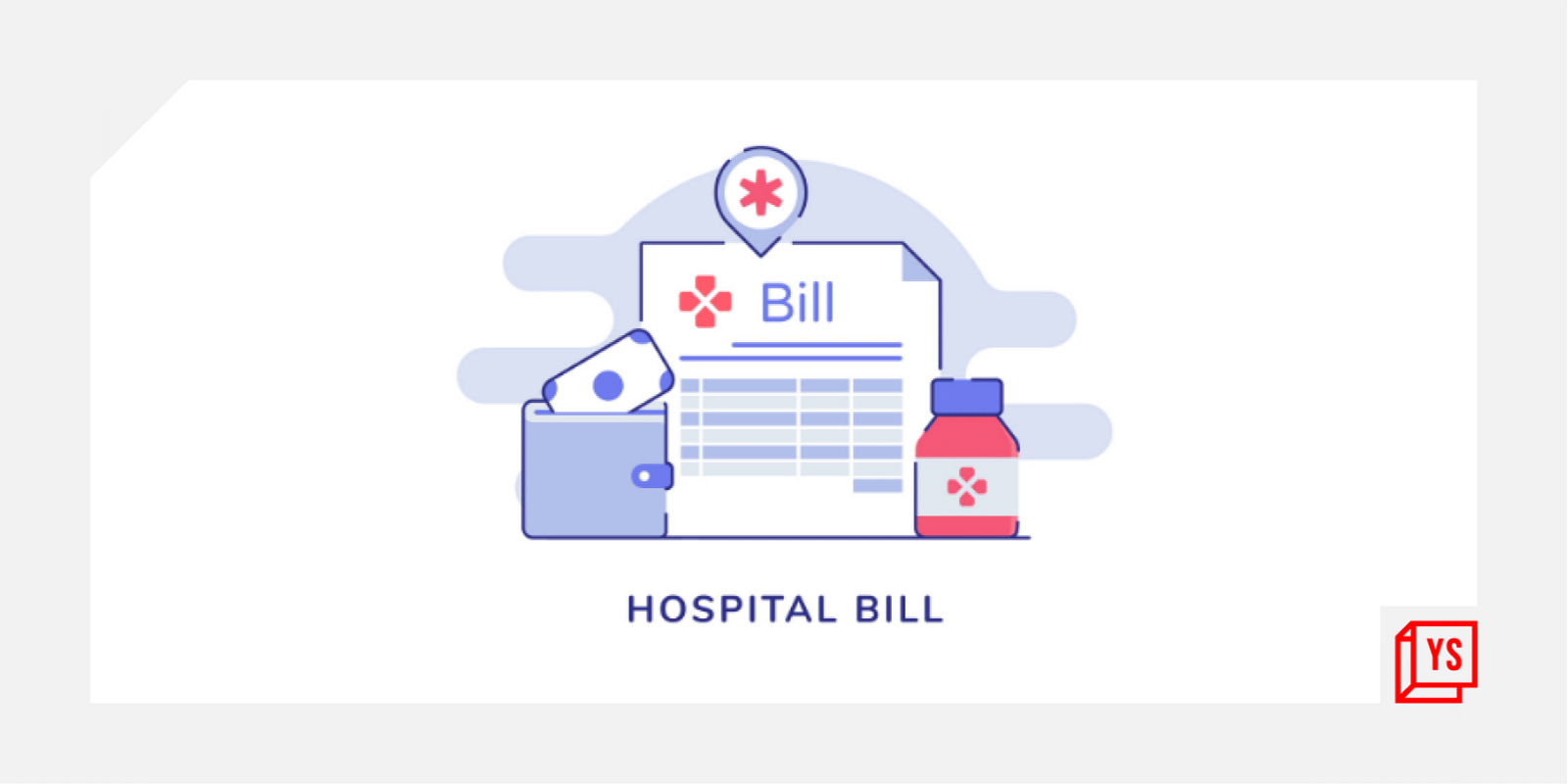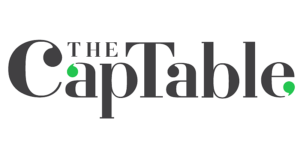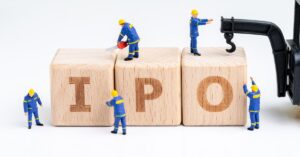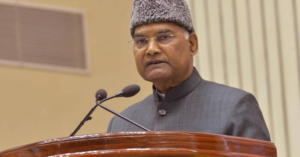Embedded finance, also sometimes known as ‘embedded banking’ or ‘embedded credit’, is the seamless integration of financial services products into a transaction equation, between a payer and the provider or merchant.
Using an embedded finance infrastructure — integrating banks and lenders, with the retailers, merchants, and the users — the transaction experience between the buyer and the seller can be smoothened.
In the healthcare services industry context, the buyer is the patient or the consumer of health and medical services from hospitals, doctors, clinics, etc., and the merchant is the healthcare services provider. In this equation, when the buyer can pay for their healthcare expense by availing credit on preferential terms, the seller is offering an embedded finance product to the payer.
The key differentiator between an embedded finance transaction and the simple usage of your credit card is the absence of the cost of capital, i.e. the interest rate that a credit card would levy upon that transaction. Embedded finance transactions in healthcare can provide “0 percent Interest Rate Financing”, thereby solving one of the biggest pain points for the Indian healthcare consumer – Out-of-Pocket Expenditure on Healthcare (OoPE).
Indians paid over $72 billion to pay for their healthcare expenses, from their pockets – essentially, their savings or borrowings — reported the NITI Aayog Report of March 2021. Healthcare expenses is one of the biggest reasons why many Indians fall below the poverty line every year. This presents a tremendous opportunity for embedded finance products in healthcare.
It is ironic that Indians can now easily buy a television, washing machine, or cell phone using “no-cost EMI” schemes, but are unable to do so, in healthcare. These ‘Buy-Now, Pay-Later (BNPL)’ schemes are common across retail transactions and have led to a massive increase in consumption.
This consumer behaviour around BNPL transactions, when applied to healthcare retail transactions, can not only alleviate healthcare payment burdens but also drive up consumption for the hospitals or clinics.
Most Indians will defer healthcare treatment due to the lack of financial means to pay for care.
With the availability of ready credit in the form of embedded finance, the user has the freedom to pay for the healthcare they or their family members need – when they need it.
The pandemic has brought greater awareness amongst individuals around the world, about health-risk management. Even in a developed market like the US, OoPE accounts for a staggering $450 billion per year, although as a percentage, it is only about 10 percent of the larger healthcare services market there.
Some US-based companies are solving this problem by providing individualised, patient payment options that integrate into a hospital’s revenue cycle systems, simplifying healthcare payments for patients across the healthcare journey.
A simplistic challenge of implementation of embedded finance in healthcare, in India, is to create an efficient two-sided marketplace, that straddles quality users who have the ability to pay back the credit provided to them, with the provider network of hospitals and clinics who participate in this equation.
Progressive medical service providers, looking to increase their business and reach, will readily sign up to such BNPL programmes. However, the real challenge remains with the large, monolithic, hospital brands that may be slow to catch on to this trend.
Therein lies the answer to the impact of embedded finance in Indian healthcare. The understanding that the real power lies in the hands of the payer – the patient – since they are the ones paying for their care. Making that paying experience, friction-free is good for everyone, including the large hospitals and the industry as a whole.
(Disclaimer: The views and opinions expressed in this article are those of the author and do not necessarily reflect the views of YS.)





![Read more about the article [Funding Galore] Over $419 Mn Raised By Indian Startups This Week](https://blog.digitalsevaa.com/wp-content/uploads/2022/05/funding-galore-social-300x157.jpg)




